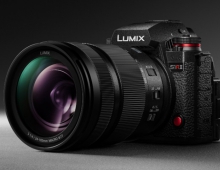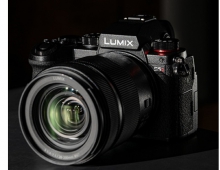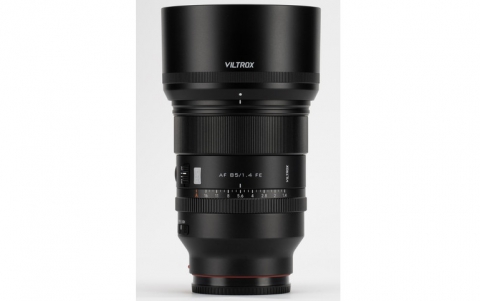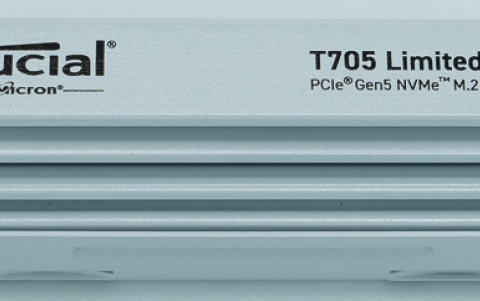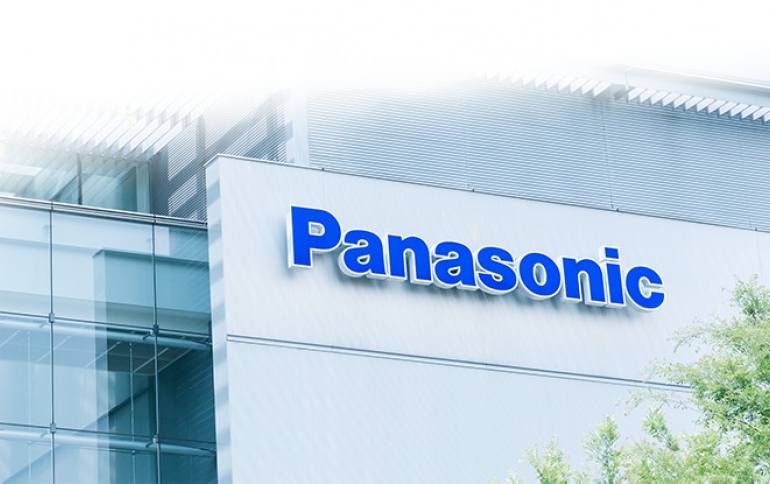
Panasonic Develops Mass Production Technology for Microfluidic Devices by Glass Molding
Panasonic Corp. and the Institute of Microchemical Technology Co., Ltd. (IMT) have jointly developed a technology for mass production of microfluidic devices using a glass molding.
The microfluidic device technology integrates chemical processes such as mixing, reaction, separation, extraction, synthesis, and detection in a flow channel of several tens to several hundreds of µm created on a substrate (microfluidic device) of several cm square. By integrating chemical processes that have been performed in laboratories and factories in the microspace of microfluidic devices, it becomes possible to use energy and space much more efficiently.
Compared to the conventional glass etching method, Panasonic cays that the new technology realizes low cost (about 1/10) and highly accurate (about 10 times) mass production.

The new microfluidic device has the following features:
- Up to Φ 50 mm size
- More than 10,000 devices per month of production capacity
- Manufacturing process with the shape precision of about 1µm
By taking advantage of the environmental and chemical resistance of glass microfluidic devices, it can be applied to environmental sensing, blood testing, and pharmaceutical equipment as disposable detection devices for analysis and testing in outdoor and harsh environments.
The companies will start accepting prototype orders from FY2019, and are planning to start mass production from FY2020. Panasonic and IMT will present and exhibit this device at the 40th meeting of Society for Chemistry and Micro-Nano Systems (CHEMINAS 40th) held at Act City Hamamatsu in Hamamatsu City, Shizuoka Prefecture, from November 19th to 21st.



